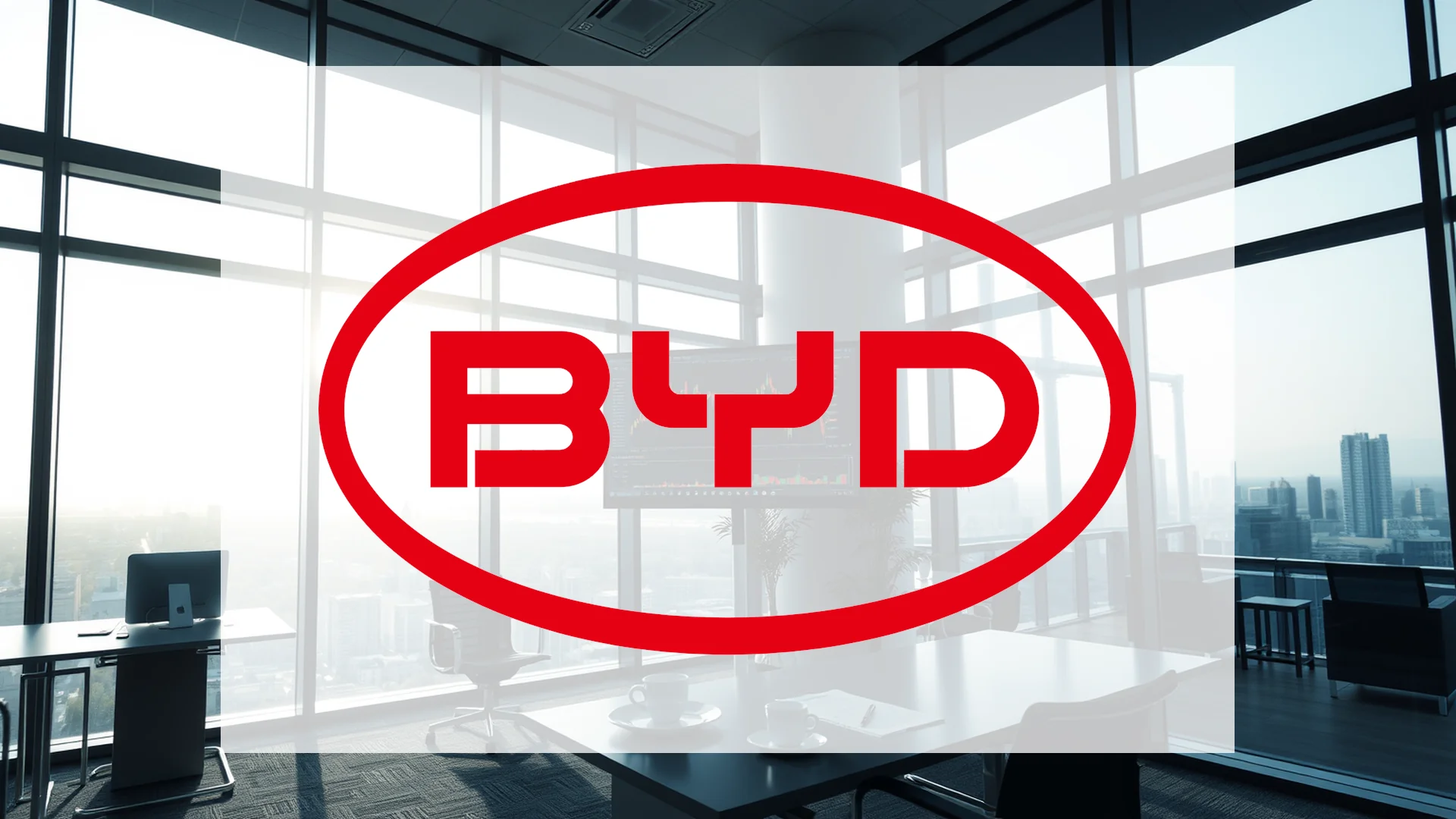BYD’s August 2025 delivery figures have revealed concerning trends, with the company’s core domestic market showing persistent weakness. The data indicates a significant deceleration in year-over-year growth, raising questions about near-term momentum as total sales volume remained nearly flat.
Production Cuts and Export Strategy
For the second consecutive month, BYD reduced its manufacturing output—a development not witnessed since 2020. The company produced 353,090 vehicles in August, representing a 3.8% decrease compared to the same period last year.
In contrast to domestic challenges, the automaker’s export business delivered a standout performance. Overseas sales surged by an impressive 146.4% to reach 80,464 units, highlighting a strategic shift toward international markets.
Diverging Fortunes: BEV vs. PHEV Performance
A detailed breakdown of August sales reveals a stark divergence between vehicle types:
Should investors sell immediately? Or is it worth buying BYD?
- Total August Deliveries: 373,626 units (+0.15%)
- Battery Electric Vehicles (BEV): 199,585 units (+34.43%)
- Plug-in Hybrid Electric Vehicles (PHEV): 171,916 units (-22.69%)
Sales of pure electric vehicles remained robust, climbing over 34%. However, this strength was entirely offset by a deepening crisis in the plug-in hybrid segment, which saw a sharp 22.7% contraction. This marks the fifth straight month of declining PHEV sales, indicating a structural shift within a previously reliable segment.
Margin Pressure and Competitive Threats
The disappointing sales figures follow a quarter where BYD reported a 30% plunge in profits. This earnings collapse is a direct result of an intense price war within China’s crowded electric vehicle sector, where aggressive discounting to defend market share is severely compressing profitability.
The competitive landscape is tightening further. Rivals including Geely and Leapmotor are reporting record monthly deliveries, increasing pressure on BYD. Meanwhile, Chinese regulators are turning the screws on what they deem extreme price competition, potentially limiting one of BYD’s key tactical responses. The combination of stagnating growth and falling margins now places the company’s ambitious annual target of 5.5 million vehicles in serious doubt.
Ad
BYD Stock: Buy or Sell?! New BYD Analysis from December 3 delivers the answer:
The latest BYD figures speak for themselves: Urgent action needed for BYD investors. Is it worth buying or should you sell? Find out what to do now in the current free analysis from December 3.
BYD: Buy or sell? Read more here...











